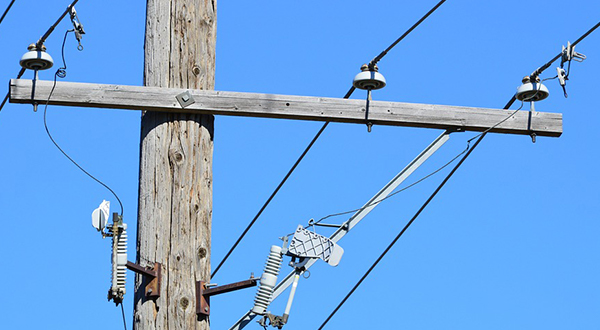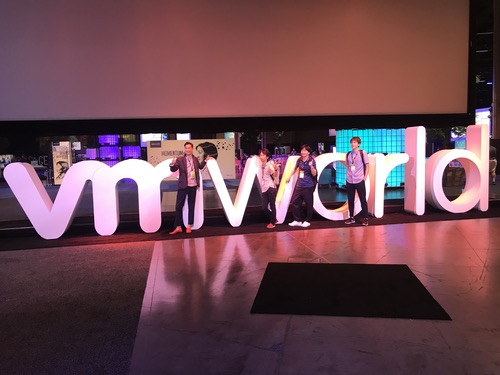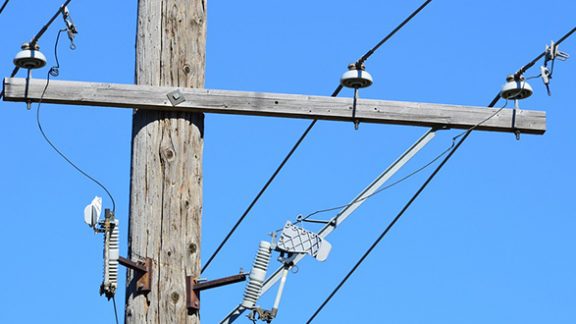
“We will improve America’s digital infrastructure by deploying a secure 5G Internet capability nationwide. These improvements will increase national competitiveness, benefit the environment, and improve our quality of life.”
-Page 19 of the United States of America National Security Strategy report, released December 2017.
Thinking differently about 5G and its Security and Economic Benefits
The above quote is the only mention of 5G* in the entire 68 pages of the National Security Strategy report, but there has been a lot of buzz about 5G and its role in Economic and National Security here in the US and abroad….so what’s this all about? Many parties are weighing in….
The United States, China and ambitious Ankle Biters – Currently the US is leading the march toward 5G although it can be said that the US and China are constantly flipping the lead position. Aside from benefits to consumers, critical military and public safety applications will rely on a 5G digital infrastructure, and the U.S. government will use its capabilities to strengthen its defenses. The future of American national security depends on the successful adoption of 5G technology.
It’s a tight race with China, however, who is hot on our heels with development of 5G technologies – mostly by state sponsored companies such as Huawei. China is pursuing the same defense benefits as well as looking to surpass the US as the world’s largest economy. The United States has an advantage with American company Qualcomm who has consistently led in all previous mobile network technology transitions and is the primary reason that the US maintains the 5G advantage worldwide.
The Executive and Legislative branches of the US government are increasingly stating a position on 5G – President Trump has indicated the option of building a Nationalized 5G network, allowing Service Providers to lease space for commercial use and recently blocked a takeover bid of Qualcomm by Singapore based Broadcom. Broadcom’s intent with Qualcomm was to suspend R&D focus to concentrate on initiatives that offer more short-term benefit. Losing Qualcomm as a competitive advantage would allow China to rapidly surpass the United States in the 5G race.
Telephone poles? In the US, telephone poles are the infrastructure on which 5G equipment will be installed. The FCC is weighing in on supporting the major US carriers by allowing access to telephone poles to be expedited and requiring cities to cap their fees to the carriers. Read what The Hustle has to say about this…

In Australia Huawei is not invited to the party. Australia has strong Telecommunication Security Regulations and have now applied them to not only Telco carriers but also equipment providers. Chinese telco giant Huawei has been excluded from providing equipment for Australia’s soon-to-be-built 5G wireless networks, based largely on national security concerns.
The Equipment and Service Providers –
- At the headquarters of Huawei Technologies Co., executives and researchers gathered in July 2018 to celebrate one of its technologies being named a critical part of 5G. The win means a potential stream of future royalties and leverage for the company—and it marks a milestone in China’s efforts to dominate the technology.
- At a Verizon Communications Inc. lab in Bedminster, N.J., recently, computer screens showed engineers how glare-resistant window coatings can interfere with delivering 5G’s superfast internet into homes. Verizon began experimenting with 5G in 11 markets last year.
- In Murray Hill, N.J., Nokia Corp. engineers are testing a 5G-compatible sleeve that factory workers could wear like an arm brace during their shifts to steer drones or monitor their vital signs. The company began its 5G-related research in 2007.
Much of the experimentation has been led by companies such as AT&T Inc. Three of the major carriers plan to roll out 5G service in select cities later in 2018, though most mobile devices compatible with the new network won’t be ready until early 2019.
What – exactly – are the concerns? Why the race? – 5G will serve to extend advanced connectivity even further out to the “edge” end-points. The result of this is network access to billions of terminations, gathering data, controlling our power and communications grids, supporting health networks and sensitive government agencies – all of which are vulnerable to intelligence theft, espionage and viruses to name a few. As stated by FBI director, Chris Wray, at a US Senate Intelligence Committee in February “[I’m] deeply concerned about the risks of allowing any company or entity that is beholden to foreign governments … to gain positions of power inside our telecommunications networks.”
While the economics of 5G are still to be determined, analysts say the potential payoffs are huge. Companies that own patents stand to make billions of dollars in royalties. Countries with the largest and most reliable networks will have a head start in developing the technologies enabled by faster speeds. The dominant equipment suppliers could give national intelligence agencies and militaries an advantage in spying on or disrupting rival countries’ networks. Further, developing countries have the potential to be swiftly left behind in the boon – skewing the scales of economic growth and potential in developing countries vs developed countries, destabilizing already vulnerable governments.
Listen to this NPR Marketplace Podcast on the 5G Cold War for quick easy-listen on the status of the 5G race and its potential effect on the world.
Where does VMware fit in?
VMware has been in the foundation of the IT and Data Center environments of corporations worldwide for over 20 years. VMware has been evolving to lead in software defined Security, Storage, Networking, WAN – and 5G is no different. VMware is and will be a crucial partner to those racing toward 5G advancements.

“Telco is an enormous opportunity for us,” VMware Inc. (NYSE: VMW) CEO Pat Gelsinger said at the VMworld customer and partner conference keynote Monday. “Data centers and cloud today are over 80% virtualized. The telco network is 1% virtualized.” The telco industry is almost as big as enterprise IT, which VMware dominates, and that industry is “almost entirely un-virtualized,” Gelsinger said. Just virtualizing existing networks will grow VMware’s business significantly, and the migration towards 5G, which will require extensive virtualization for the next-generation network technology’s potential to be fully realized, will vastly expand the market even further. Read the full article here at Lightreading.com.
Visit the following pages for additional info on how VMware is helping to lead the way on 5G:
VMware Accelerates 5G Readiness for Communications Service Providers with Intent to Acquire Dell EMC Service Assurance Suite
VMware Telco NFV Blog Transforming the Telecom Network through Virtualization and Cloud Technologies
VMware and Intel enabling real time experiences with 5G
*Need a refresher on what 5G is all about? Catch yourself up by reading my last Blog Post.
Heather’s mission with VMware’s Advisory Services is helping client executives clearly determine strategic focus, and then execute on their new Digital Transformation vision and goals.
Heather has over 25 years of experience in business, IT, technology and telecommunications. Prior to joining VMware she was a Telecom Principal Architect supporting an Enterprise sales center, contributing to a $350M Business. Before joining VMWare in 2017, Heather grew professionally over 20 years at AT&T where her various roles included Client Business Manager, Director of Sales, Mobility Sales Director and Technical Solutions Consultant.





